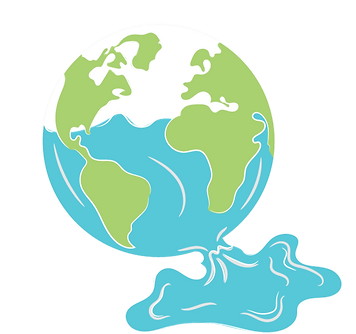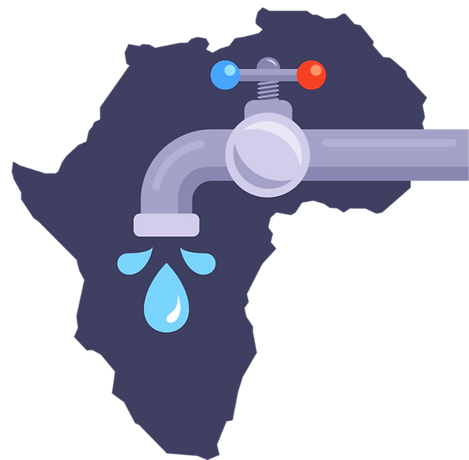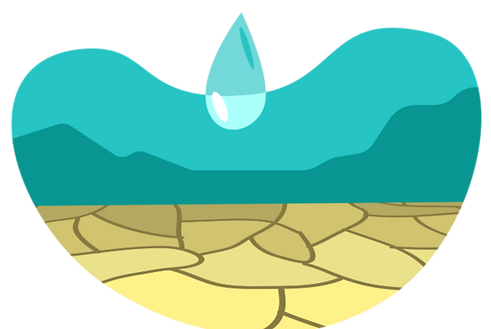
every drop counts!


Half of the world's population could be living in areas facing water scarcity by as early as 2025. Some 700 million people could be displaced by intense water scarcity by 2030. By 2040, roughly 1 in 4 children worldwide will be living in areas of extremely high water stress.
Global Perspective
An Estimation by Johan Rockstorm
Experts warn of a looming water crisis, with demand potentially exceeding fresh water supply by 40% within this decade. This alarming prediction comes ahead of a key UN water summit. Johan Rockstrom, from the Potsdam Institute for Climate Impact Research and the Global Commission on the Economics of Water, highlights the world’s neglect of water resources as a pathway to disaster.

Let's see the problems faced by
CANADA

AN OVERVIEW
Canada, the country with the third-smallest population among the nine nations examined, uses the second-highest amount of freshwater per person per year from the environment. Water is a vital resource that humans use for various purposes.


CANADA'S WATER CONSUMPTION
A typical person in Canada uses about 335 litres of water per day, which is equivalent to 670 standard water bottles. In Canada, households consumed a huge amount of water per day in the late 1990s, enough to fill a large stadium five times. However, by charging people for the volume of water they used, water consumption was reduced significantly.
Let's see the problems faced by
INDIA

THE HORRIFIC WATER CRISIS
India is among the most water-stressed countries, with only 4% of the world’s water resources and 18% of the global population.


THE CAUSE
India faces a severe water crisis due to population density, lack of regulation, over privatization, government neglect, corruption, and regional disputes over river access. The crisis also affects groundwater resources, which are now critically stressed.
CASE STUDIES
The 2018 NITI Aayog report revealed India’s severe water crisis, affecting 600 million people and causing 200,000 annual deaths due to unsafe water. India ranked 120th out of 122 in water quality, with 70% contaminated water. It is projected that by 2030, India’s water demand will be twice the available supply, leading to severe scarcity for hundreds of millions and a potential decrease in the country’s GDP.

THE SOLUTION - RAINWATER HARVESTING
A different approach, using an innovative method of save water.
Rainwater harvesting is a way to reduce water scarcity. For each square metre of area, we can collect about 1,000 litres of water per year. A house of 200 square metres area can conserve 2 lakh litres of water every year. It collects and stores rainwater for different uses. It saves water, money, and the environment. It also helps cities cope with climate change by recharging groundwater, preventing flooding, and providing water in dry areas.

